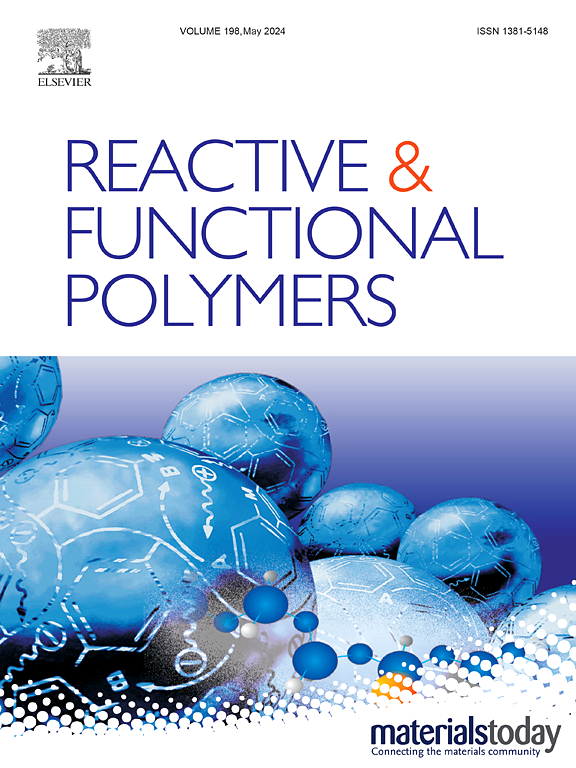Nitrogen and sulfur co-doped microporous carbon through benzo[c]-1,2,5-thiadiazole-functionalized benzoxazine-linkage porous organic polymer in CO2 capture and energy storage
IF 4.5
3区 工程技术
Q1 CHEMISTRY, APPLIED
引用次数: 0
Abstract
Benzoxazine-based functional polymers have been received as promising materials because of their superior thermal stability, mechanical strength, and versatility in applications ranging from coatings to high-performance nanocomposites. In this study, we synthesized two benzo[c]-1,2,5-thiadiazole (BBT)-functionalized benzoxazine monomers: BBT-BZ and its brominated derivative, BBT-BZ-2Br, using a three-step process comprising Schiff base formation, reduction, and Mannich condensation, which were validated via FTIR, 1H and 13C NMR spectroscopy, and HR mass spectrometry. To further enhance functionality, the porous organic polymer (POP) was synthesized from the BBT-BZ-2Br with tetraethynylpyrene (Py-T) monomers using the Sonogashira-Hagihara coupling reaction, resulting in BBT-BZTB-Py POP. The thermal properties of the BZ monomers and their corresponding polymers were analyzed via TGA, revealing excellent thermal stability and robust cross-linked networks formed via thermal ring-opening polymerization (ROP) to create poly(BBT-BZTB-Py) POP. Subsequent carbonization of poly(BBT-BZTB-Py) POP at 600 °C with KOH activation yielded a microporous N/S co-doped carbon material, poly(BBT-BZTB-Py) POP-600. Characterization using Raman spectroscopy, XRD, XPS, and N₂ adsorption/desorption analysis confirmed the successful incorporation of heteroatoms and the development of a hierarchical microporous and mesoporous structure. This material demonstrated potential for gas capture and electrochemical energy storage applications. Overall, this work presents comprehensive work on the design, synthesis, and thermal behavior of functionalized benzoxazine monomers and their POP derivatives, emphasizing their versatility for advanced material applications.

求助全文
约1分钟内获得全文
求助全文
来源期刊

Reactive & Functional Polymers
工程技术-高分子科学
CiteScore
8.90
自引率
5.90%
发文量
259
审稿时长
27 days
期刊介绍:
Reactive & Functional Polymers provides a forum to disseminate original ideas, concepts and developments in the science and technology of polymers with functional groups, which impart specific chemical reactivity or physical, chemical, structural, biological, and pharmacological functionality. The scope covers organic polymers, acting for instance as reagents, catalysts, templates, ion-exchangers, selective sorbents, chelating or antimicrobial agents, drug carriers, sensors, membranes, and hydrogels. This also includes reactive cross-linkable prepolymers and high-performance thermosetting polymers, natural or degradable polymers, conducting polymers, and porous polymers.
Original research articles must contain thorough molecular and material characterization data on synthesis of the above polymers in combination with their applications. Applications include but are not limited to catalysis, water or effluent treatment, separations and recovery, electronics and information storage, energy conversion, encapsulation, or adhesion.
 求助内容:
求助内容: 应助结果提醒方式:
应助结果提醒方式:


